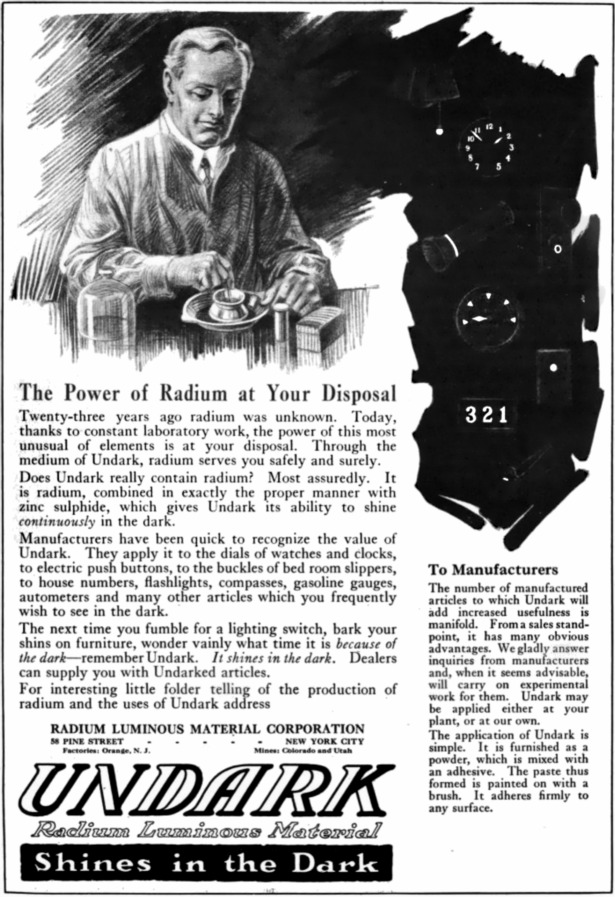
Springer-Verlagīohn HL, McNeal BL, O’Connor GA (2011) Soil chemistry: chemical units. īlume H-P, Brümmer GW, Horn R, Kandeler E, Kögel-Knabner I, Kretzschmar R, Stahr K, Wilke B-M (2016) Scheffer/schachtschabel: lehrbuch der bodenkunde. Radiochim Acta 91(4):223–228īhoelan BS, Stevering CH, van der Boog ATJ, van der Heyden MAG (2014) Barium toxicity and the role of the potassium inward rectifier current. Ītun G, Bascetin E (2003) Adsorption of barium on kaolinite, illite and montmorillonite at various ionic strengths. The present paper considers exposure and potential health concerns on environmental barium, giving evidence to information that can be used in future epidemiological and experimental studies.Īrmelin MJA, Maihara VA, Cozzolino SM, Silva PS, Saiki M (2019) Concentrations of Se, Ba, Zn and Mn in Brazil nuts. The information on the potential health effects of barium exposure is primarily based on animal studies and reported as comprising kidney diseases, neurological, cardiovascular, mental, and metabolic disorders. Barium was never considered as an essential nutrient for humans, although it is undoubtedly naturally abundant enough and distinctive in its chemical properties that it might well have some biochemical function, e.g., for regulatory purposes, both in animals and plants. The average amount of barium intake worldwide and its geographical variation is little known due to the lack of research attention. However, this element is also assumed with the diet, mainly from plant foods.

Barium accumulation can mainly occur by exposure in the workplace or from drinking contaminated water. Its presence in humans may produce several effects, especially among those chronically exposed from low to moderate doses. All rights reserved.The relatively widespread presence of environmental barium is raising a growing public awareness as it can lead to different health conditions. Therefore, the appropriate dose-response relation for effects of low doses of radiation needs to be established.Ĭopyright © 2015 Elsevier Ltd. This outstanding issue is not only a problem when dealing appropriately with potential health effects of nuclear accidents, such as at Fukushima and Chernobyl, but is of growing concern in occupational and medical exposure. The dose-response relation for cancer at low doses is assumed, for purposes of radiological protection, to be linear without a threshold, but has not been shown definitively. Hereditary effects in the children of atomic bomb survivors have not been detected. At high doses, and possibly at low doses, radiation might increase the risk of cardiovascular disease and some other non-cancer diseases.

Overall, survivors have a clear radiation-related excess risk of cancer, and people exposed as children have a higher risk of radiation-induced cancer than those exposed at older ages. Radiation exposure increases the risk of cancer throughout life, so continued follow-up of survivors is essential. For this reason, the Life Span Study has become fundamental to risk assessment in the radiation protection system of the International Commission on Radiological Protection and other authorities. The cohort study of Japanese survivors of the atomic bombings of Hiroshima and Nagasaki (the Life Span Study) is thought to be the most reliable source of information about these health effects because of the size of the cohort, the exposure of a general population of both sexes and all ages, and the wide range of individually assessed doses. Late-onset effects of exposure to ionising radiation on the human body have been identified by long-term, large-scale epidemiological studies.


 0 kommentar(er)
0 kommentar(er)
